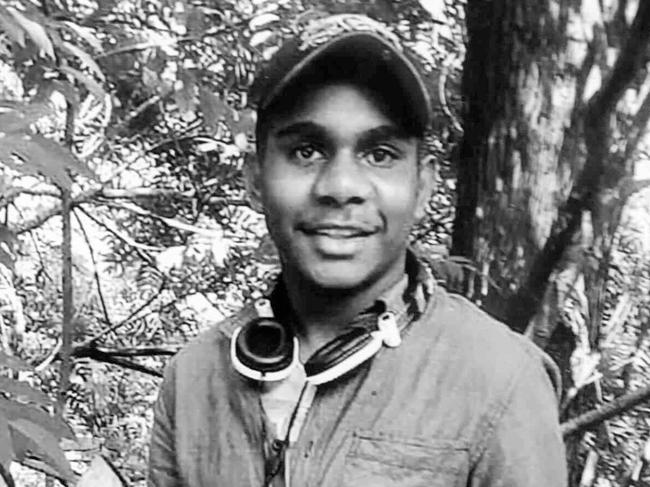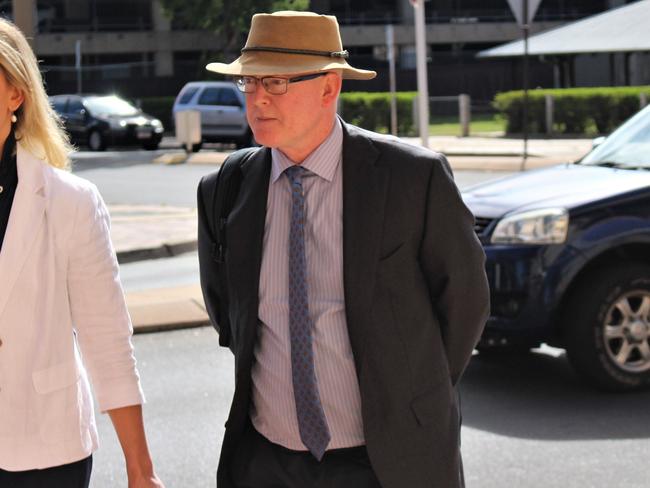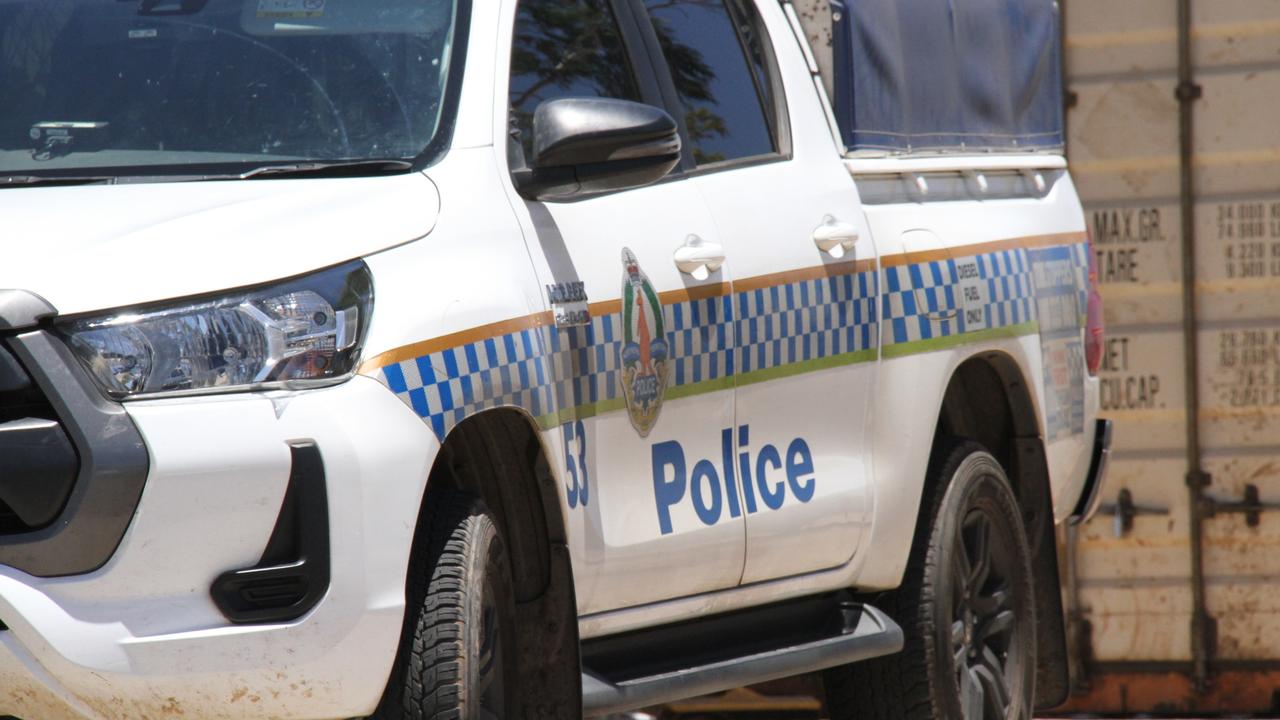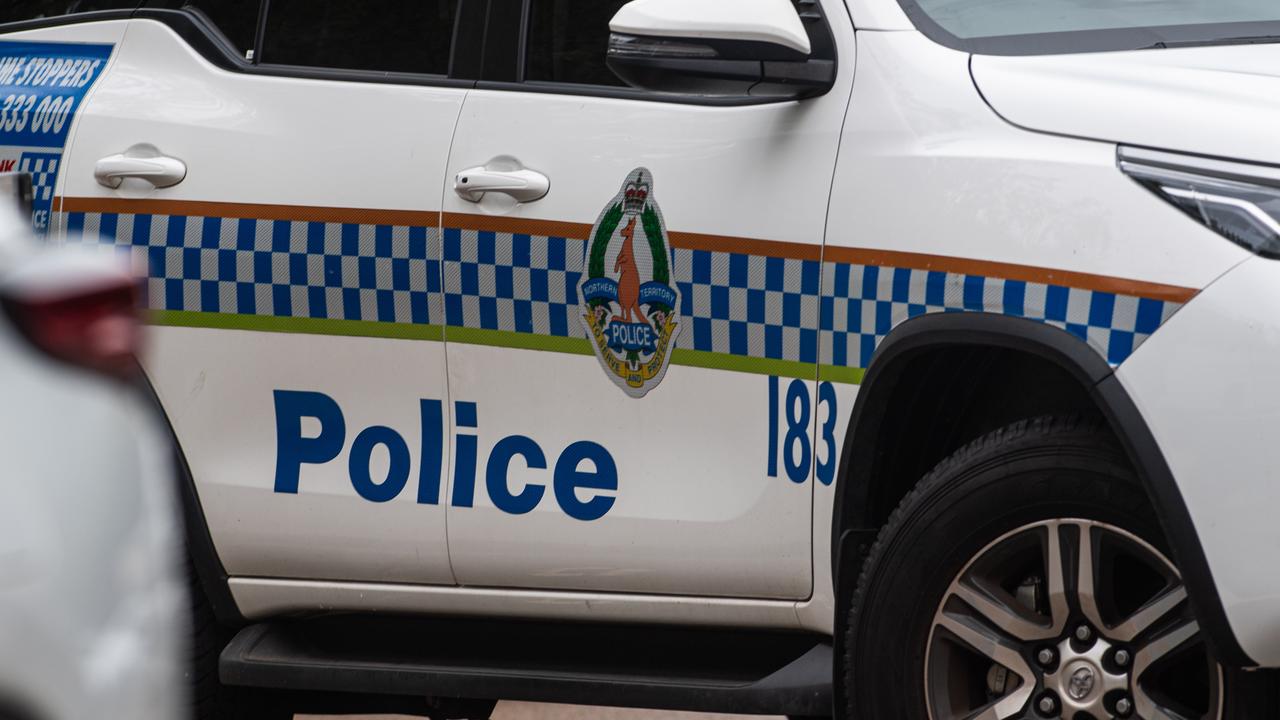Kumanjayi Walker shooting the latest act in a history of violence stretching back to Coniston: Inquest
For almost 100 years, Yuendumu’s Warlpiri people have been the subject of violent dispossession, dating back to one of the Territory’s worst massacres and a controversial pastoral lease.

Police & Courts
Don't miss out on the headlines from Police & Courts. Followed categories will be added to My News.
When Bill Braitling and his wife Doreen were granted a pastoral lease over more than 7000sq km of central Australian land in 1926, it marked the ascendancy of “a particularly devastating period” for the local Warlpiri people.
The lease, which remained in the Braitling family until sold as a stock and land package for $70m last year, still bears the name of the family matriarch.
Now known as Mount Doreen Station, the leasehold covers much of the Warlpiri’s traditional homelands, including a vital permanent water source, known better to locals for eons as Pikilyi.
As the only nearby permanent water source, the Pikilyi’s unique geological features mean its constantly flowing streams have never dried up and even during periods of drought, its “life-giving waters” are of enormous cultural and economic significance.
The history of the near century of anni horribiles that followed its loss for the Warlpiri people was laid out this week in the testimony of Institute of Postcolonial Studies director, Melinda Hinkson, at an inquest into the 2019 police shooting death of 19-year-old Warlpiri-Luritja man Kumanjayi Walker.

Dr Hinkson said the water source also nourished native plants and animals, so when the Warlpiri were evicted to make way for cattle, they were also excluded from their traditional hunting grounds “in an extremely brutal way”.
“(Missionaries) write about the horrors of what they see, and they’re aware that there is very brutal and dehumanising treatment of Warlpiri going on on that station,” she told the inquest.
“That people are (historically) being forced to provide their labour in return for very meagre food supplies in conditions akin to slavery.
“They documented instances of physical assault (from the time), of Warlpiri being tied up and flogged, and they’re being flogged for transgressing their forced exclusion from the springs.”
In addition to being banished from Pikilyi, the Warlpiri had to compete with gold miners and trampling cattle for what scant water sources remained, while mounted stockmen would “raid” their camps, carrying away women and girls.
In one instance, women and children were “chain-ganged” and made to walk hundreds of kilometres into Alice Springs after a dispute over stock stealing and the death of a white man.

Dr Hinkson said the dispossession of the Warlpiri from their “heartland” continued “from the time that the lease is granted, right up until the present”, with profound consequences — “spiritual, cultural, social, psychological, and indeed, economic”.
“(They were) pushed to wherever they can find a place, in-between the tracks of all of the other interests that sit above them, which include very much, the interests of livestock of course,” she said.
Two years after the Braitlings’ lease over the future Mount Doreen Station was granted, in 1928, the conflict reached its bloodiest and most notorious apex after dingo trapper Fred Brooks was found murdered with traditional weapons.
The retaliatory slaughter that followed would come to be known as the Coniston Massacre and have more than 60 men, women and children killed by police and white civilian mercenaries.
The court heard that for many Warlpiri, Kumanjayi Walker’s death at the hands of a white police officer was just the latest clash between their ancient civilisation and its Western invaders, stretching back through Coniston and the granting of the Mount Doreen lease.
During the inquest, Parumpurru Committee of Yuendumu Community barrister, Julian McMahon SC, noted the “striking similarities” between the two tragedies, including the fact no one was ultimately held criminally responsible.

As for the Mount Doreen lease, Mr McMahon suggested there had been a golden opportunity, before the third generation of Braitlings sold up, when the land “nearly came into the hands of the Warlpiri people”.
“There was as a moment just before the closing of the sunset clause in the Aboriginal Lands Right Act (in) 1997 where an application to use funds that I think were being drawn from the Aboriginal Trust Account, the ATA, to put up a proposal to buy that property,” Dr Hinkson replied.
“The then minister for lands, Northern Territory minister for lands, did not support the sale, so it didn’t go ahead.”
Mr McMahon offered that “it would be a great step if that property could actually be transferred to the Warlpiri people”.
“I think there’s an argument for suggesting that would be an appropriate act of ethical redemption,” Dr Hinkson replied.
Constable Zach Rolfe was acquitted on all charges over Mr Walker’s death by a Supreme Court jury in March last year and will take the stand when the inquest resumes in the Alice Springs Local Court in July.





